Posted on: 05/09/2024
As many children excitedly prepare to come back to school, teachers will be putting the final touches to their classrooms. Trays will have been labelled, pencils sharpened, the glue sticks and felt tip pens organised and, probably for the last time, in possession of their rightful lids. Teachers will be putting the final touches to their first week of lessons and, if you are using Literacy Tree for your literacy provision, then you will be logging back into the site and hopefully feeling slightly less overwhelmed…perhaps even excited about introducing children to their first book. Be assured, that Literacy Tree is here to help you feel and be literacy-ready.
However, just in case you are still feeling more overwhelmed than excited, or perhaps you are brand new to using Literacy Tree, we wanted to put together a short literacy-ready check list to support you. So, here are five ways Literacy Tree’s platform helps you feel more literacy-ready for the term ahead.
We have provided links so you can short cut to the sections most helpful for you.
The book area, whether a nook at the side of the classroom or a shared space, is a crucial classroom consideration and can be a great source of comfort and sanctuary for children throughout the school day. Books should feel cared for and treasured and the space should feel inviting.
The government’s Reading Framework gives clear guidance on classroom reading areas – pages 89 and 90 – saying, ‘The best classroom book areas are like mini bookshops. The challenge is to offer pupils choice, without overwhelming them.’ Does the area feel chaotic? It might be the case that there are too many books and that some books could be saved and introduced later in the year.
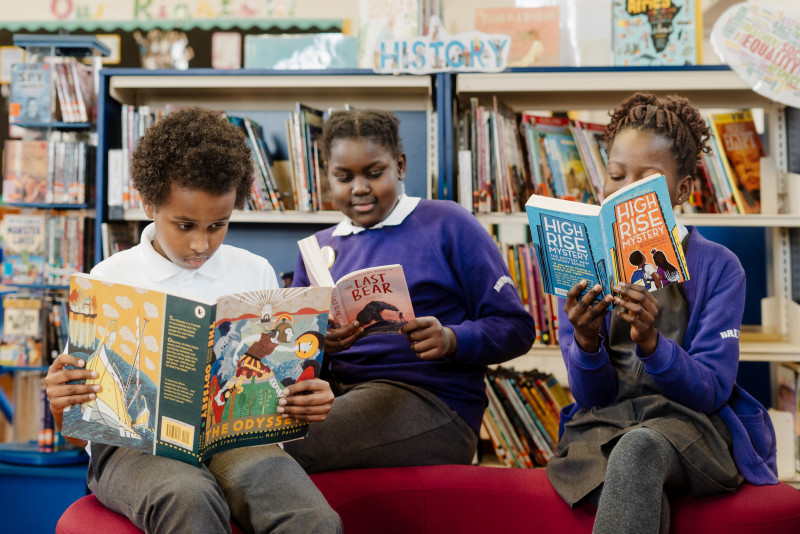
The Framework also states that, ‘every book must be worth reading’ so, if there is a budget for this, it is worth ensuring that exciting new books and authors/illustrators are on display. New publications could stand out and have their front covers showing. Literacy Tree has a plethora of book list recommendation to support teachers ordering new titles. There are lists for quality historical texts, science and geography non-fiction texts, collections of fairy tales, myths, legends to name a few. We have regular literature reviews where our consultant Pippa reviews select titles fresh off the press.
It is important to consider whether the books available in the classroom are authentically diverse and that different worlds, ways of thinking and living are represented. Literacy Tree has recommendation lists for books that represent different families and relationships (adopted characters, characters in foster care placements, LGBTQIA+ representation), neurodiverse characters or characters with a disability as well as books that represent a variety of races and cultures.
Find the full range of Literacy Tree recommended lists here.
Read the latest literature review here.
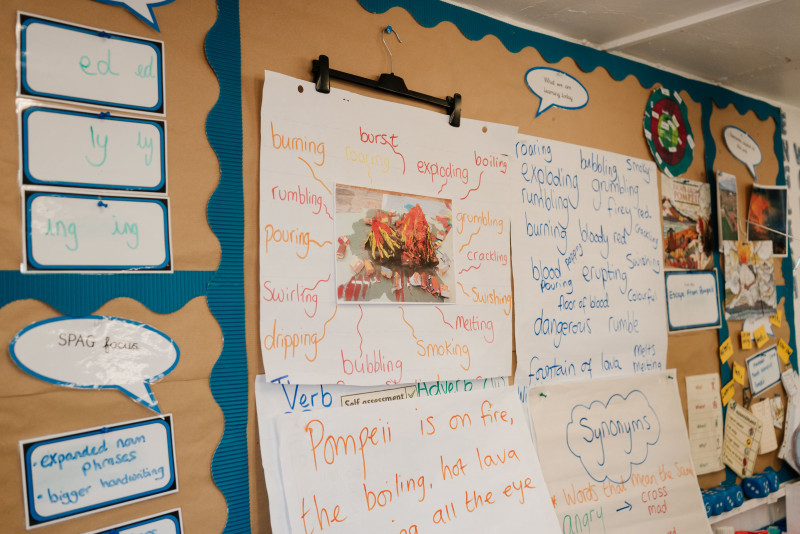
Working walls play an important role in the classroom as they support building sequential learning for children. As we’ve said in a previous blog, the working walls acts like a ‘road map, guiding children through the planning sequence and supporting the deepening and application of skills and language in context.’ As you begin your first Writing Root and children begin to collect vocabulary, build phrases and sentences, consider which Literacy Tree activities could be used to start to populate your working wall.
First, you might want the class book or book covered displayed as this will contextualise the taught language and grammar. The next port of call is the Classroom Trunk section of the website.
Here, you will find lots of activities that can be used across many texts. Individual Grammar Splats (one splat per page) are a great resource to start with. These could be blown up to A3, laminated and placed on the working wall. As lessons commence, children can start noting down on post-its any interesting vocabulary encountered through the text, and stick these on the splats, depending on the word class.
You may want to have a supply of post-it notes and sentence strips as children can use these to craft sentences in a more hands-on manner. Ensure that as you model writing for children on flipcharts that these are also on display around the classroom. That way, contextualised words, sentences and passages of writing are all clearly displayed.
In the Classroom Trunk, you will find activities to support understanding synonyms (Shades of Meaning), sorting adjectives (Zones of Relevance), building noun phrases (Noun Phrase Jigsaw) and many more. Print out the ones you feel will be useful in upcoming lessons.
Read more about working walls here.
Read a more detailed guide to the Classroom Trunk and what can be found there here.
Literacy Tree supports teachers with planning whether this be for book-based writing (Writing Roots), reading (Literary Leaves) or spelling (Spelling Seeds). Each Writing Root has ideas for engaging discovery points, those first lessons to immerse children in the world of the text and create a buzz in the classroom about literature.
You may have noticed now that many of our Writing Roots have mixed-age planning. These additional plans (found at the back of each sequence) give ideas for the year groups’ expectations before and after. For example, if you download a Year 5 Writing Root you will have additional ideas to teach Y4 and Y6 skills for each session.
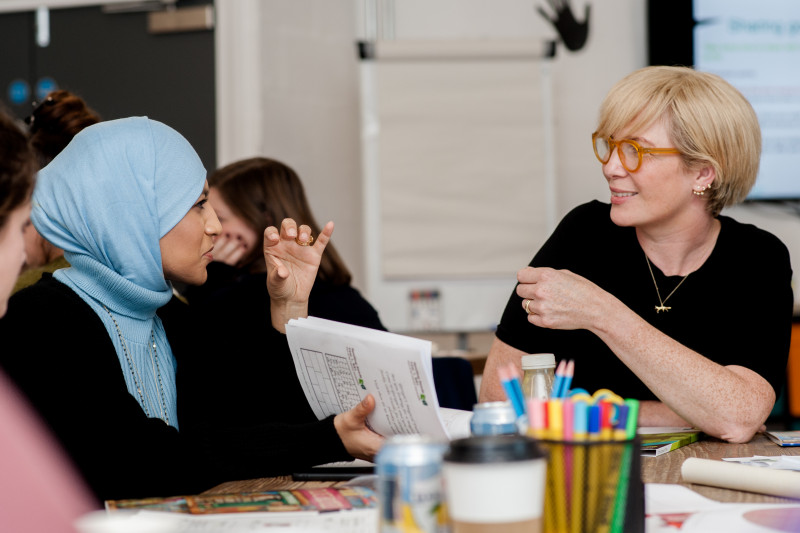
This is ideal for those teachers in mixed-age classes and can give insights into adapting the planning for those children who need additional supports and challenges. Alongside this, the Literacy Tree app allows teachers to annotate the planning, adapting these for the specific needs of children.
Being a Literacy Tree subscriber is being part of a growing community. Each term, we schedule planning surgeries for each year group which follow the text order of the Curriculum Maps. If you would like to have a walk through a particular Writing Root with a consultant or other teachers in the same year group, then keep an eye out for the upcoming planning surgeries for your year group.
Find out more about how to use the mixed-age planning here.
To find out more about planning surgeries here.
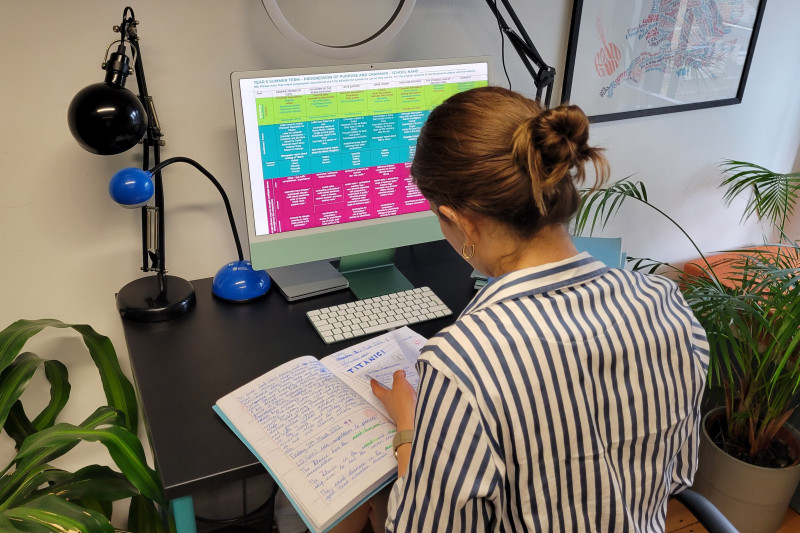
Literacy Tree plans will support teachers with coverage of skills across the curriculum and approaches to assessment. The first place to look when mapping out coverage is the Subject Leader Trunk. Here, you can download and quickly tailor coverage and progression documents.
The coverage document operates as a simple spreadsheet, detailing all the coverage across each aspect in the programme of study for every text. Available for Writing Roots, Spelling Seeds and Literary Leaves, these documents are all separated by tabs into year groups.
To tailor this to specific text choices, simply select the year group of your choice in the tabs at the bottom, then click on the downwards arrow on ‘Books’. All books in that year group will be automatically selected, so deselect all then reselect the ones you are considering using.
To support the assessment of English, we have created Reporting and Assessment Tool for English (RATE) resources for both Reading and Writing. These set out statements aligned with curriculum objectives for each year group and allow teachers to make judgements about how well a child is achieving each objective.
The RATE resource can be found on our Literacy Tree app by clicking on the line graph icon.
Download the Literacy Tree app here.
As part of the Literacy Tree community, teachers and school can access continued training and support throughout the year. When you first log-in to the website, you will see that you have a linked consultant. This is your first point of contact should you have any queries or questions. You can also arrange for your consultant to visit your school and support teachers and year groups in person.
Literacy Tree offers a wide range of CPD events. The Teach Through a Text days are now open for bookings this term. This is book-based training emphasising literature in literacy and English teaching, supporting building an audience and purpose culture.
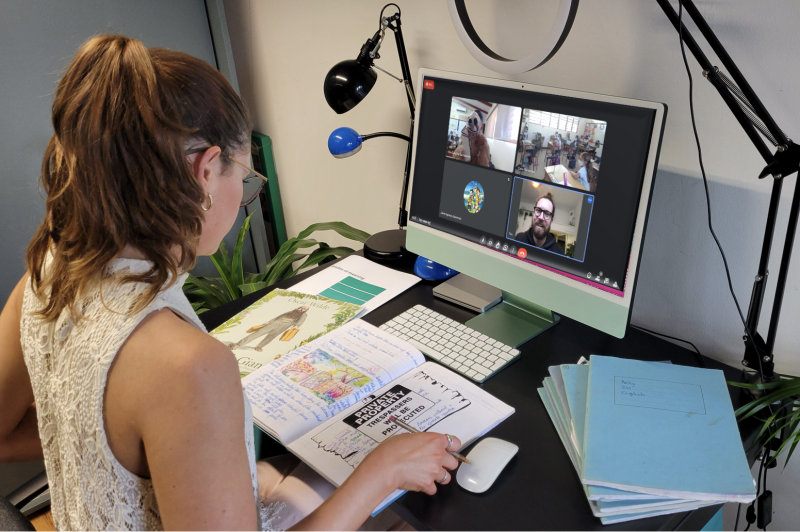
These courses combine practical ideas with pedagogy, immersing participants in the book’s theme using drama techniques and props, all aligned with the National Curriculum. Literacy Tree also provides special subject leader days which are free to subscribing schools as well as a range of free live demos and Q and A sessions.
See the full range of events here.
From all of us here at Literacy Tree, we wish you all the best with welcoming children and families back into the school community and connecting children with a rich variety of new books and authors.